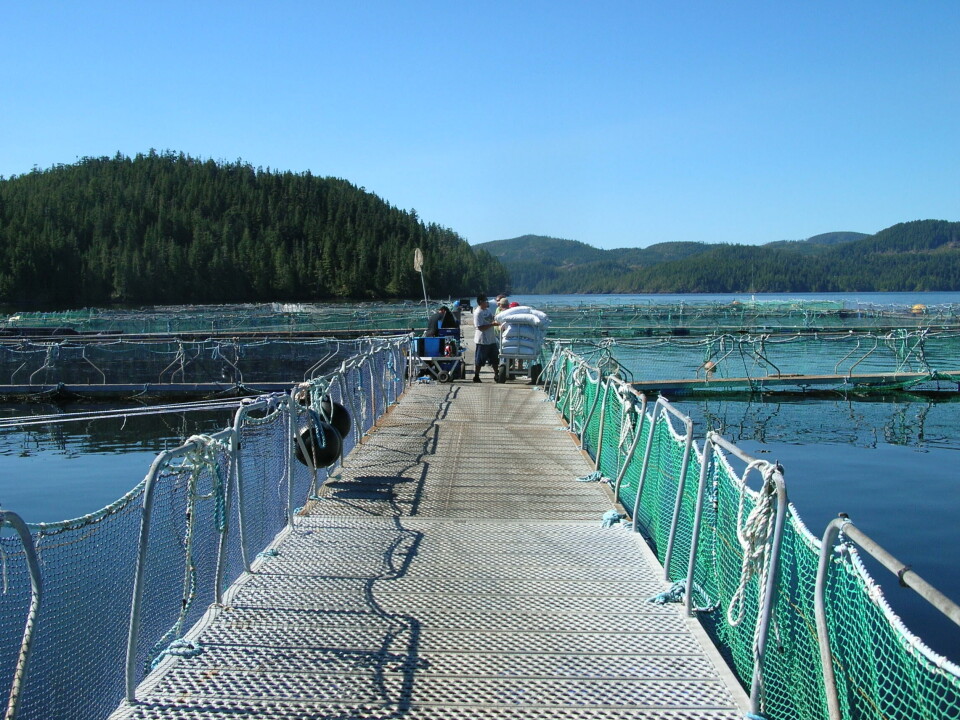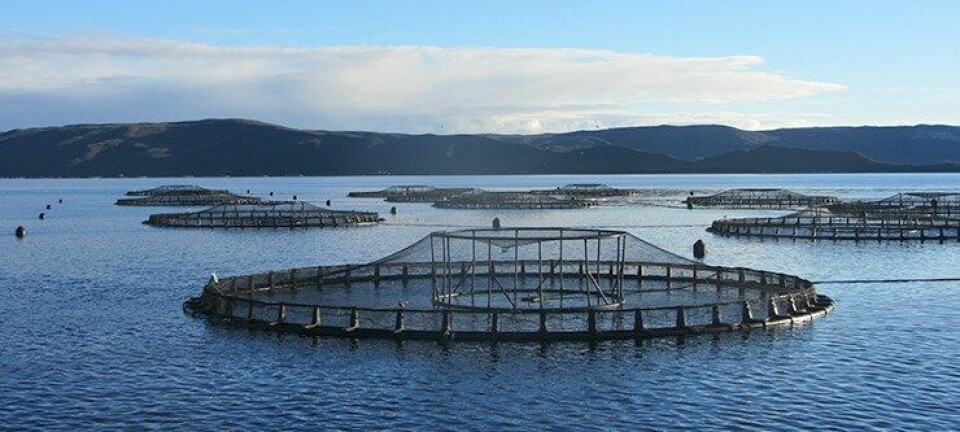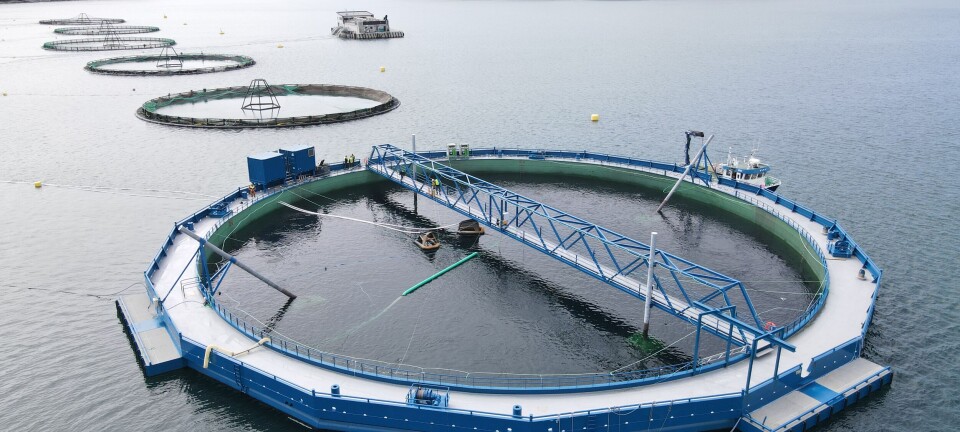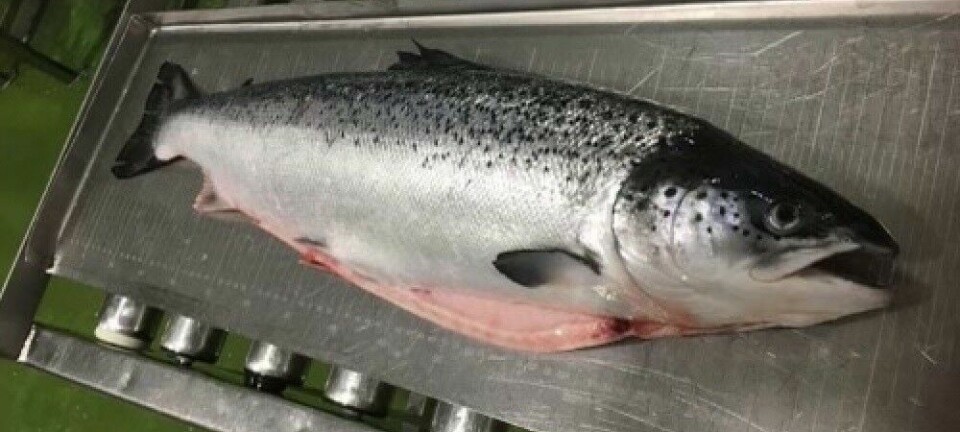
Salmon farming could create 14-23,000 United States jobs
Gunnar Knapp works for the Institute of Social and Economic Research at the University of Alaska Anchorage. He provided a presentation entitled “Salmon Farming Employment” for the approximately 1,250 delegates that attended the Seattle meeting, and a lot of his numbers caused some raised eyebrows. While nobody expects the State of Alaska to allow conventional salmon farming anytime soon, and the southern States of Washington and Oregon will likely not see any significant growth of the salmon farming sector in the foreseeable future, the fact that the U.S. has a significant seafood deficit (including the importation of almost 240,000 tonnes of farmed salmon each year) should make some regulators take notice, not to mention the number of potential jobs in coastal communities .
The conference organizers provided the following abstract from Dr. Knapp’s presentation:
What kinds of jobs does salmon farming create? How many jobs does a salmon farm create? How many jobs could be created by increasing US farmed salmon production? This paper discusses a recently-completed report which provides simple, nontechnical answers to these questions.
Salmon farming creates “direct” jobs at salmon farms, hatcheries and processing plants. Large farms typically employ about 5-10 people per thousand metric tons of annual production. Most of these are year-round jobs in waterfront communities, employing workers at a range of skill levels from general farm workers to divers, and with opportunities for advancement into farm management. For every “direct” job, salmon farming creates additional “multiplier” jobs in other industries which produce products and services used by the salmon farming industry—such as feed manufacturing, cage manufacturing, and veterinary services. When salmon farm workers spend their income, it creates still more “multiplier” jobs in other industries throughout the economy. Many of the “multiplier” jobs created by salmon farming are located far from the farms, in other communities and states. Although they are harder to recognize and measure, they are just as real and important as the jobs at the farms, hatcheries and processing plants.
Available data and estimates from Norway, Scotland and Canada (which have much larger salmon farming industries than the United States) show that producing 1000 metric tons (mt) of farmed salmon creates about 20 to 40 “direct” jobs in salmon farming and about 40 to 60 “multiplier” jobs in other industries.
In 2012, Americans imported 230 thousand metric tons (mt) of farmed salmon valued at $1.6 billion (~€ 1.2 billion). United States domestic farmed salmon production was only about 20 thousand mt—less than one-tenth of imports. Expanding United States farmed salmon production to replace imports would create 14,000 to 23,000 new American jobs.























































